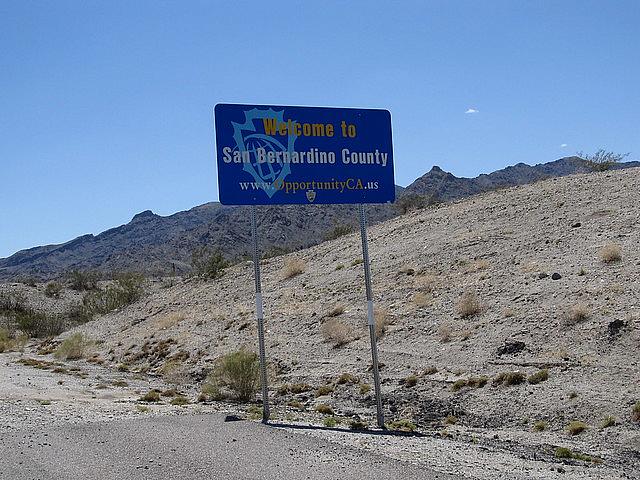Will newly insured undocumented Californians be able to find care in San Bernardino's safety-net clinics?

We read a lot of numbers in health journalism: statistics, percentages, ratios. As a photojournalist, I face a special set of challenges by trying to personalize those numbers. What is the tangible subject within these numbers? What person or community can I photograph to tell a story behind the numbers?
My 2019 National Fellowship project will focus on the safety-net clinics in San Bernardino County, which, prior to the passage of California’s Senate Bill 104, were one of the only health care options for undocumented immigrants.
Inspiration for my project came from photography I’ve done with Care Harbor, a Los Angeles- based health care nonprofit organization. The organization runs an annual free health clinic that is open to all, and I’ve studied their numbers over the last eight years. Many of the patients who attend the clinic are uninsured, possibly undocumented (no information is gathered on immigration status) and have not received regular health care in years, if ever. The majority of the patients are Latina women, a trend that has been increasing since the records began in 2010.
Based on a handful of statistics, I began researching year-round health care options for undocumented immigrants in Southern California. I also knew Gov. Gavin Newsom had proposed expanding Medi-Cal coverage to all immigrants, including the undocumented. I chose San Bernardino County for its growing immigrant population and the dozens of safety-net clinics in communities like Victorville, Ontario, and Chino.
Now that Senate Bill 104 has been signed into law, over 100,000 undocumented immigrants in San Bernardino County alone are eligible for Medi-Cal benefits. My project will take me into the safety-net clinics throughout the county to photograph these newly insured patients. What are their regular health issues? How easily can they access the clinics? What obstacles do they face in attaining health care? Do they envision better outcomes for their health because of this access?
I’ll be focusing on the health care providers as well. What is the quality of care for preventive medicine and the treatment of chronic diseases like diabetes and asthma? What does this new legislation mean for the clinics? What are their financial and material needs?
This is a project about numbers: Dozens of clinics, thousands of patients, billions of dollars. This is also a story about accessible health care, and what that means for quality of life on the individual and community levels.
Photo by Ken Lund via Flickr

